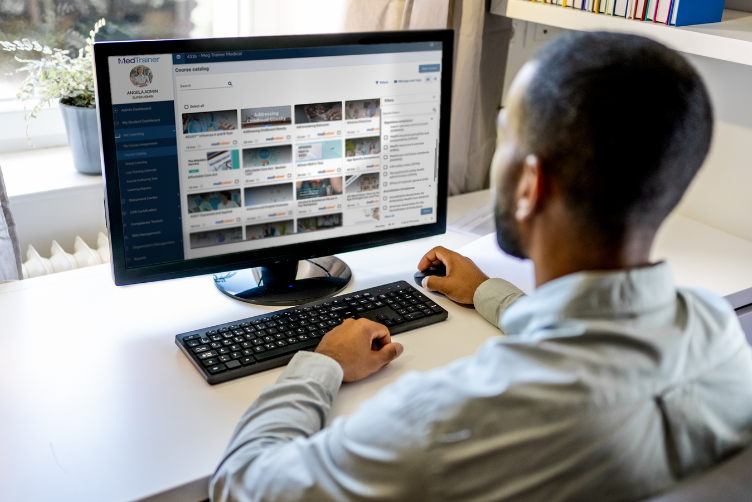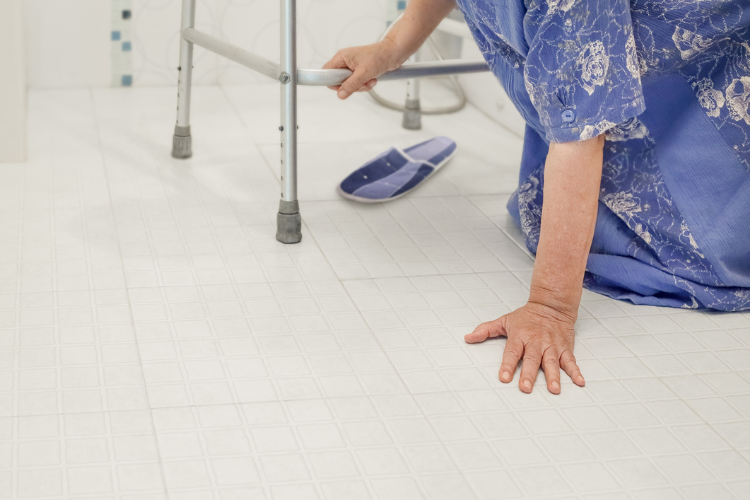In 2022, severe injuries from inpatient falls accounted for a significant portion of all sentinel events reported, highlighting the importance of these reports in ensuring patient safety. Patient fall incident reports serve as a vital tool for monitoring and preventing falls in healthcare settings such as hospitals and nursing homes, where technology plays a crucial role in capturing and analyzing data to mitigate fall-related incidents.
In this blog, we will delve into the intricacies of patient fall incidents and explore the reporting process, the challenges faced, and strategies for improvement, all through the lens of technology.
Purpose of Patient Fall Incident Reports
The National Quality Forum (NQF) defines a fall as: “An unplanned descent to the floor, with or without injury to the patient.” This definition underpins the standardized approach toward reporting and analyzing fall incidents.
Additionally, patient incident reports include essential details such as the incident’s who, what, where, when, and how. Suggestions for corrective actions and maintaining an objective tone are also integral components of an effective report. Set up your patient fall incident report template to include:
- Basic information
- Date of the report
- Date and time of the incident
- Your name, job title, and contact information
- Incident location
- Similar incidents
- What Happened
- Clear, chronological account of the events leading up to the incident. Be specific and precise
- Names, contact details, and identifying information of individuals involved
- Consequences
- Outline any injuries or damages sustained
- Describe the required treatment for injuries or any impact on the involved parties (if applicable)
- Include photographs or diagrams to depict the incident scene (if possible)
- Documentation
- Attach relevant evidence or documentation related to the incident (transcripts of conversations, audio recordings, or any other information that provides context and clarity)
- Corrective Actions
- Detail the actions taken in response to the incident
- Escalate Report
- Submit incident reports to relevant personnel
Factors Influencing the Documentation of Falls
Several factors can influence the documentation of patient falls and how issues are mitigated in the future:
Accuracy and Detail
The thoroughness and accuracy of documentation may be influenced by factors such as the healthcare provider’s attention to detail, training in documentation practices, and workload. Complete documentation should include details about the circumstances of the fall, any injuries sustained, interventions provided, and follow-up actions taken.
Timeliness
Prompt documentation is essential to capture important details in the healthcare provider’s memory. Delays in documentation can lead to inaccuracies or omissions.
Communication
Effective communication among healthcare team members is crucial for accurately documenting patient falls. Nurses, physicians, and other staff involved in the patient’s care should communicate relevant information about the fall to ensure it is appropriately documented.
Training and Education
Healthcare providers should receive training and education on proper documentation practices, including the importance of accurately documenting patient falls and the specific information that should be included in the documentation.
Use Technology To Improve Fall Incident Reporting
Implementing an online incident reporting system helps to overcome these challenges, simplifying the reporting, resolution, and analysis processes. Here are a few of the benefits:
- Speed and accessibility: Enable quick submission of reports from any location, which is crucial for addressing critical incidents swiftly.
- Automatic escalation: Reduce delay and ensure prompt incident response by automating the review and escalation process.
- Customizable forms: Allow for the creation of customized forms that adhere to TRIPS and FMP Falls assessment and collect specific data for each incident, improving data accuracy.
- Simplified evidence attachment: Attaching supporting evidence to reports is more accessible, providing a fuller picture of the incident.
- Anonymity and transparency: The option to report incidents anonymously promotes a culture of openness and encourages reporting without fear of reprisal.
- Enhanced data analysis: Facilitate detailed data analysis, helping to identify trends and areas needing intervention.
- Visibility for leadership: Real-time dashboards offer leaders insight into incident data, aiding in informed decision-making and resource allocation.
- Regulatory compliance: Simplify the submission of incident data to regulatory bodies, ensuring compliance and reducing administrative burdens.
- Adopt Universal Fall Precautions: Ensure a safe and comfortable patient environment by Installing night lights and handrails and providing nonslip socks to reduce slip risks.
MedTrainer offers all the functions listed above in an all-in-one compliance solution. Enhance your compliance programs with digital incident reporting solutions for organizations of any size. Contact us to learn more.

